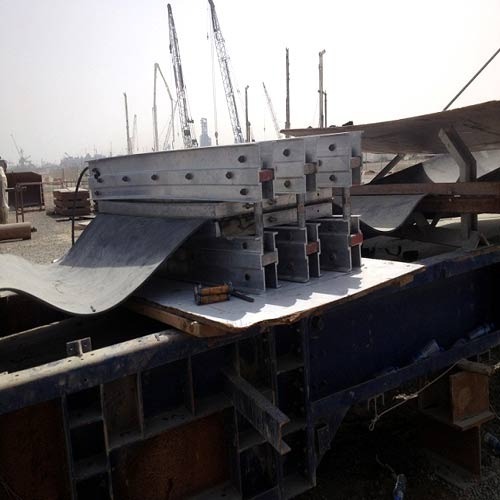Caring for Your Conveyor Belts: Ensuring Longevity and Efficiency
The care of conveyor belting: Regular maintenance and care of conveyor belts are paramount to their longevity and operational efficiency. Neglecting the condition of your belts can lead to costly repairs, production downtime, and preventable breakdowns. In this article, we explore the key practices for maintaining your conveyor belts to maximize their lifespan and performance.
1. Routine Inspection: Detecting Damage
Frequent inspections should be a standard practice for all conveyor belt systems. These inspections help identify any damage, including cuts, whether they affect only the outer cover or penetrate through to the core fabric. Additionally, it’s crucial to assess the condition of fasteners, belt edges, and other components. Early detection of issues allows for timely repairs and prevents more extensive damage.
2. Cost-Efficiency through Maintenance
Investing time and effort in maintaining your conveyor belts pays off in the form of reduced operational costs. By addressing issues promptly, you minimize downtime caused by unexpected breakdowns and stoppages. The care of conveyor belting. Well-maintained belts ensure the smooth flow of materials, contributing to higher production efficiency.
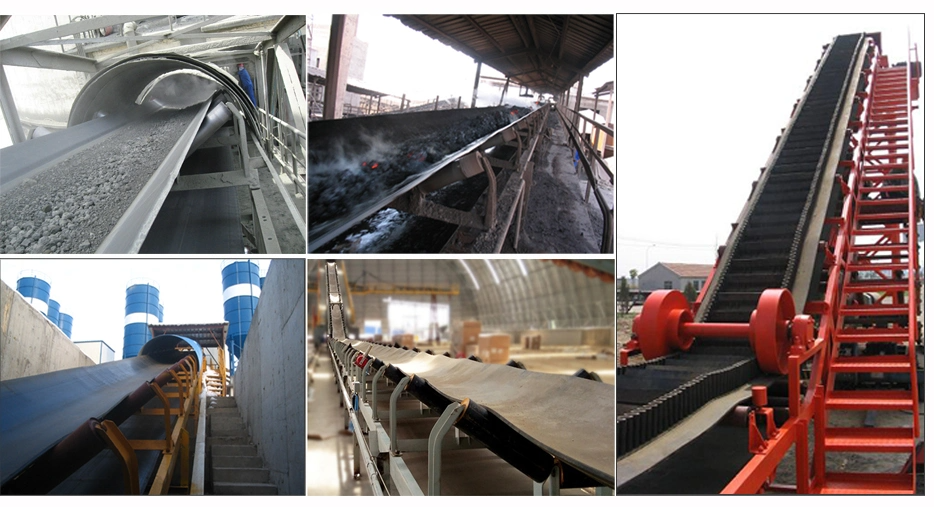
Contaminants such as lubricating oils, grease, animal fats, and solvents can be detrimental to conveyor belts. These substances can degrade the belt material and reduce its performance. It is essential to keep belts free from such contaminants. If a spill or contamination occurs, immediate action is required to clean the affected area.
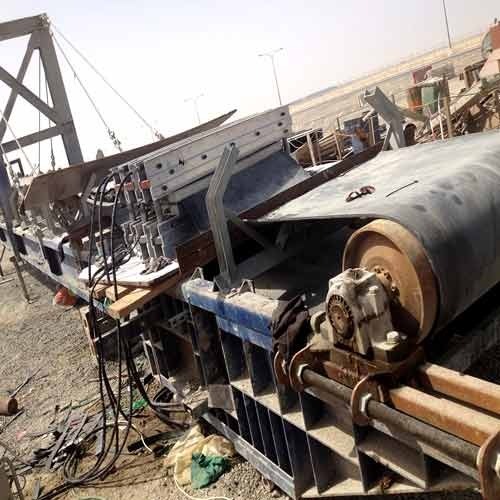
In industries where conveyor belts come into contact with animal fats, such as abattoirs and food processing facilities, special care is necessary. Belts in these settings should be washed down with warm water and soap regularly. Thorough cleansing with cold water should follow at least once a week. This practice ensures that the belts remain free from potentially harmful substances, extending their service life.
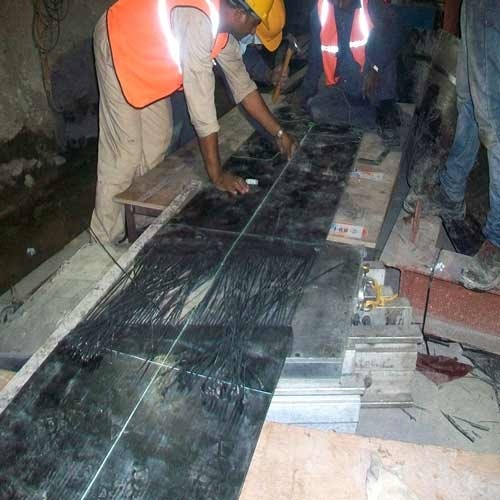
Idlers should be inspected regularly, and any that are stiff or frozen must be freed, otherwise they increase power consumption and quickly wear the belt. Idlers that become ‘frozen’ in position, may – from friction with the belt – become hot enough to set fire to the belt when the conveyor stops.
It is most important to protect the return belt from lumps spilled from the carrying portion of the belt. These lumps will be carried around the pulleys, and since the total working tension is usually several thousands of pounds, the local stress these lumps cause can easily fracture the plies, causing “concussion fractures”. These “concussion factures are easily recognizable as some or all of the plies break internally while the carrying cover remains intact and the pulley cover may be either bruised or cut.
The rubber V plough removes loose burden that travels on the return strand. The shedding plate prevents large buildup on the pulley and sheds any burden that does go around the pulley and prevents it re-circulating, building up and causing belt damage.

The care of conveyor belting Enclose conveyors in protective housings wherever possible. This protects them from the deteriorating effect of sun and rain. Belts which operate seasonally in the open should be dried, repaired, rolled and stored under cover out of season.
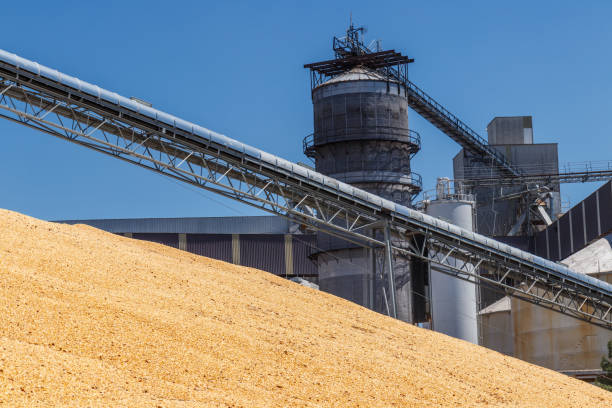
If tramp iron is a hazard, the belt may be protected by a short feeder belt incorporating a magnetic pulley to remove the iron. Overhead magnets may also be used on the main belt.

